SPRAY HOUSE
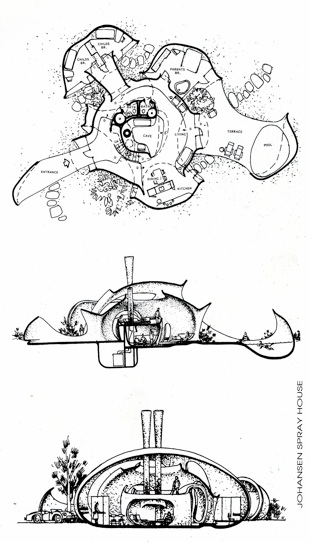








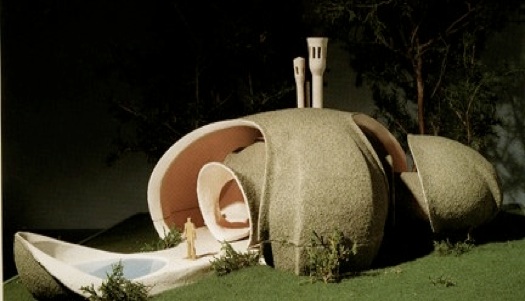

















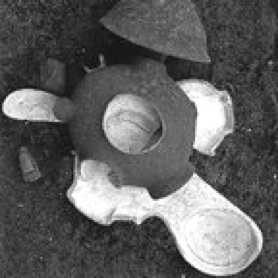








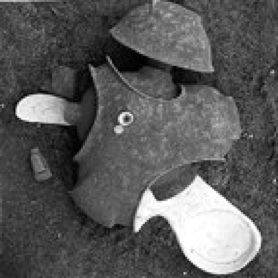








Website Copyright © 2011 John M Johansen All Rights Reserved
No information, photos, videos or audio on this website may be distributed, copied
or otherwise used without the written permission of John M Johansen or his representative
Website created by John Veltri and Marguerite Lorimer EarthAlive Communications www.earthalive.com
Please direct inquires to info@earthalive.com
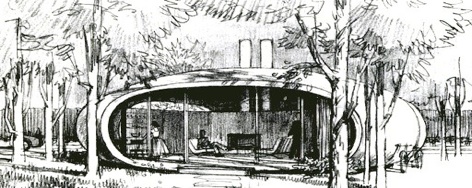










BIOMORPHIC DESIGNS
Following my insistent spirit of investigation, and wanting to distance myself from the "modern box," it is not surprising to know that at the same time I was designing neo-Palladian buildings (1952-57), I was also exploring wildly biomorphic designs.
These works, prompted by a commission offered by the American Concrete Association, were experimental projects in thin-shell sprayed concrete. I recognized this opportunity as an outlet for my deeply felt experiences of cavernous shelter and its troglodytic inhabitants, which I have unconsciously harbored since childhood. As I came to understand how symbolic spaces such as the tower, forest, labyrinth, or cave are deeply set in the human psyche, I tried to recreate those experiences in architecture. - John M Johansen
According to Gaston Bachelard in his Poetics of Space, a book I was consumed with and still prize, the “cave” is a basic architectural symbol for the feminine sources of water and the hearth, whose consummating flame represents the masculine element. Perched above the “cave” is a ”nest,” from which one enjoys the overview of life. A “bud” extended on a tube was to be built when children were added to the family. These symbolic spaces continue to appear in my work, even those projects proposed for the 21st century.
- John M Johansen
USE OF SYMBOLISM
Michael Webb of Archigram (1957)
Upsetting the nuts-and-bolts certainties of the London Polytechnic School of Architecture were feelthy photos hot from the USA: Johansen’s spray plastic house - something to be concealed from the faculty at all costs. It took just one-year gestation period for student projects to begin manifesting tubes and stomachlike shapes. This movement was known as Bowellism. For the boys in Archigram... he was our genuine American hero: each successive project a radical departure not only from conventional practice, but even from his own previous oeuvre. What a risk taker! What a gambler!














I imagined the experience of living in a flower, swathed in its delicate, protective petals, allowing between them glimpses of an outer world. One was expected to live barefooted. Floors, walls, and ceiling were unconventionally continuous and confluent. Small concrete ledges rolled away from the edges to support a bed mattress, a table, or cabinet.
Spray House was a series of separate, overlapping layers. In this layering of shells, there was a sequence of human passage from the truly outside space to partial penetration to innermost spaces, such as the cavelike hearth at center. Certain “shells” or “petals” break apart to emit passage of light, only to have their structural responsibilities entrusted to other shells.
In the manuel Sprayed Concrete Construction (1955), I detailed the methods and procedures required of this new esthetic. Structurally, the spray concrete process or “guniting,” is well known for swimming pools. To my knowledge the first application of this process to buildings was my proposal to spray concrete upon an armature of “re-bars” and steel fabric, so that the structure could be erected freestanding, with no framework or centering, and with only a bed of crushed rock for foundation.
- John M Johansen